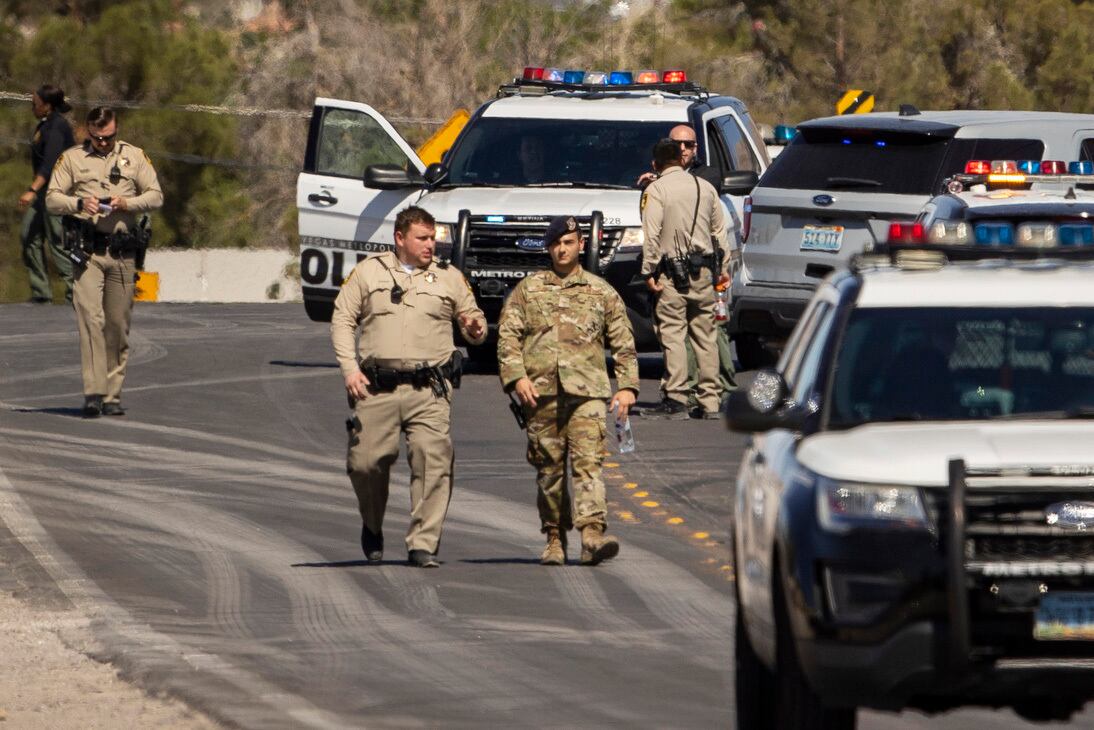[Editor’s note: This story was updated with data on mishap, fatality and destroyed aircraft rates per 100,000 flying hours in fiscal 2021.]
The Air Force saw a dip in fatal jet crashes and those that rendered aircraft unusable in fiscal 2021, a win for aviation safety as the federal government tries to bolster oversight of military mishaps.
Sixty-three of the most severe kinds of aviation accidents were reported last year, down from 71 in fiscal 2020, according to mishap data provided to Air Force Times Jan. 14.
The service curbed its deadliest, costliest incidents, known as Class A mishaps, from 30 to 21. About 27 Class A mishaps have occurred on average in the past five years, the Air Force Safety Center said.
That rate fell to 0.94 accidents per 100,000 flying hours for manned aircraft in 2021, the lowest since 2014, according to AFSC data. Meanwhile, the figure jumped to 1.96 unmanned aircraft accidents per 100,000 flying hours, the highest since 2017.
Class A incidents cause death or permanent and total disability, destroy a U.S. military aircraft, incur at least $2.5 million in damages, or result in some combination of the three.
RELATED
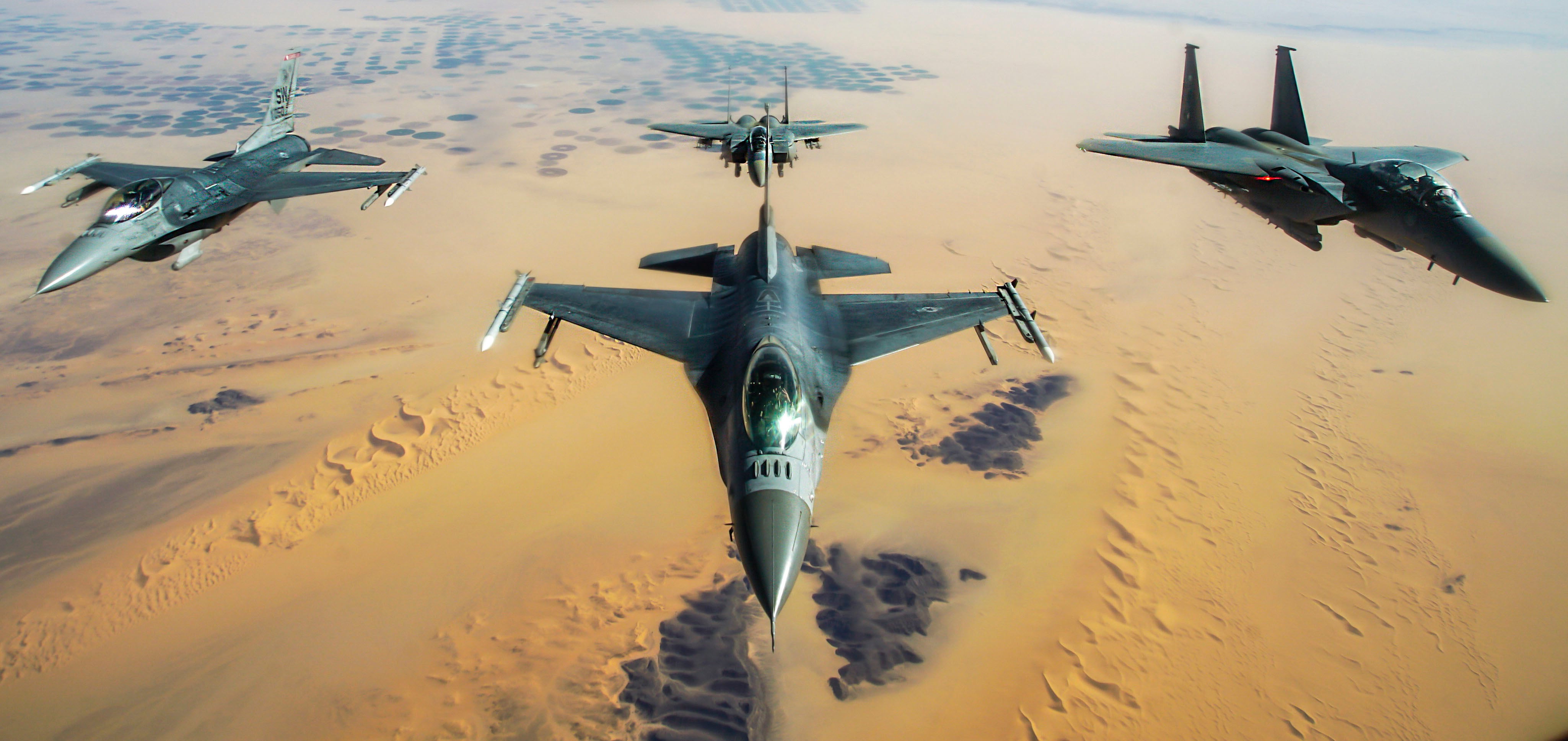
Four people were killed in Air Force accidents between Oct. 1, 2020, and Sept. 30, 2021, including one contractor pilot. That’s down from the seven fatal crashes in fiscal 2020 — dropping from a rate of 0.45 deaths per 100,000 flying hours in 2020 to 0.19 in 2021.
Eight aircraft were totaled: five Air Force drones, two manned airframes and a contracted Dassault Mirage F1 jet flown by Draken US. The rate of destroyed aircraft fell as well, from 0.74 per 100,000 flying hours in 2020 to 0.42 in 2021 — the second-lowest rate since 2017.
However, the number of less-damaging accidents barely budged. The service logged one more Class B incident compared to 2020, moving from 41 to 42. That’s the same as the five-year average of 42 accidents.
Class B mishaps can cause a permanent and partial disability or lead to inpatient hospitalization of at least three people or cost between $600,000 and $2.5 million in repairs.
Manned aircraft had 2.5 Class B mishaps per 100,000 flying hours in 2021, the highest rate since 2018, while unmanned aircraft saw their second-highest year of Class B accidents since 2012 at 0.65 per 100,000 flying hours.
Despite the slight downward trend, pilots spent less time in the air over the past year as well. Congress funded about 1.33 million flying hours in fiscal 2020, which fell to 1.24 million in 2021. The service sought another cut to 1.15 million flying hours in fiscal 2022, though lawmakers have yet to pass this year’s defense spending bill.
RELATED

The withdrawal of U.S. troops from Afghanistan last year removed the need for 66,000 flying hours, Maj. Gen. James Peccia, the Air Force’s deputy assistant budget secretary, told reporters at the fiscal 2022 budget rollout last May.
Another 22,000 hours on top of that were nixed, he said, because the Air Force can’t use all the flight time it’s allocated and because the service believes it can take the risk of flying less while not engaged in a major conflict.
It was a hectic year for American military jets, as they unsuccessfully tried to hold off a Taliban resurgence in Afghanistan while the U.S. bowed out of its two-decade war there. Though August 2021 saw 11 Class A and B accidents, the most in any month of the fiscal year, most appear unrelated to Afghan ops — a sign of smart scheduling and maintenance amid the frantic evacuation.
The B-1 Lancer and F-22 Raptor logged the most accidents of any manned airframe with eight apiece, followed by the KC-135R Stratotanker with six mishaps. The MQ-9 Reaper drone saw seven accidents, the highest among unmanned aircraft and second-highest of any Air Force platform last year.
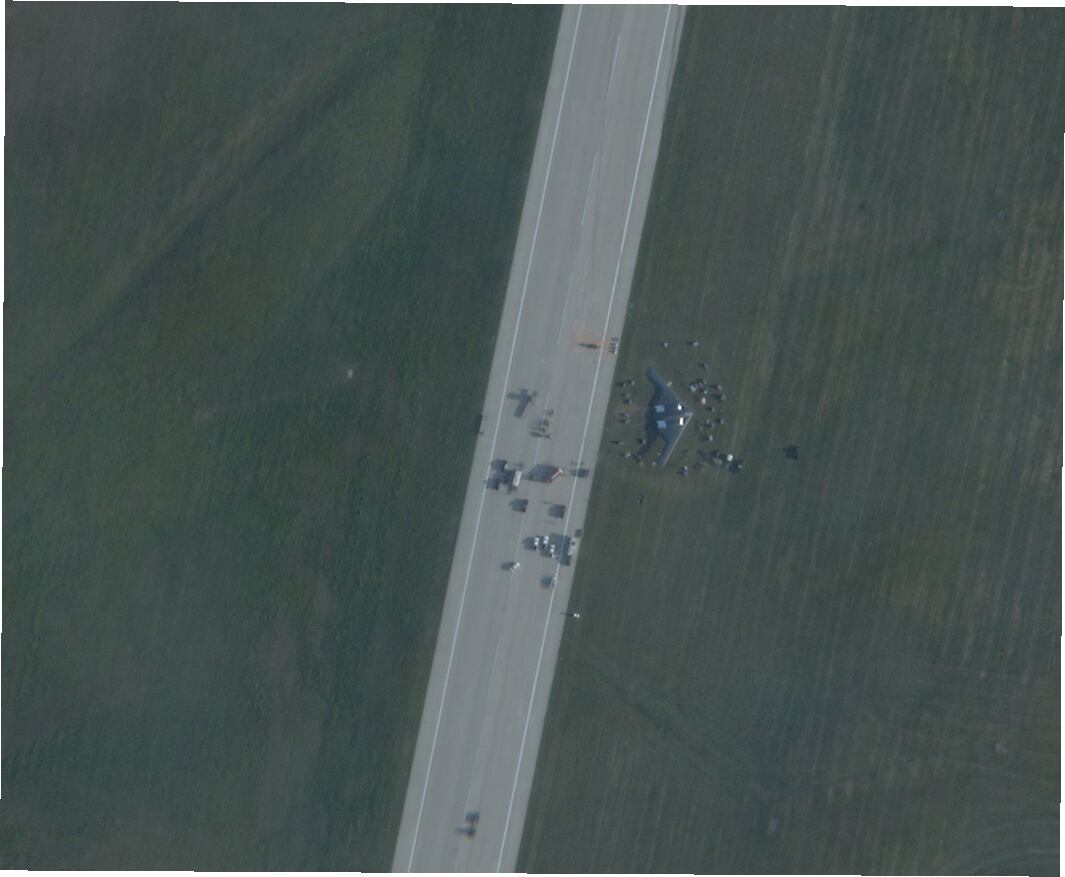
Engine and landing gear problems dogged the Air Force throughout the year, particularly among the four most troubled airframes.
RELATED
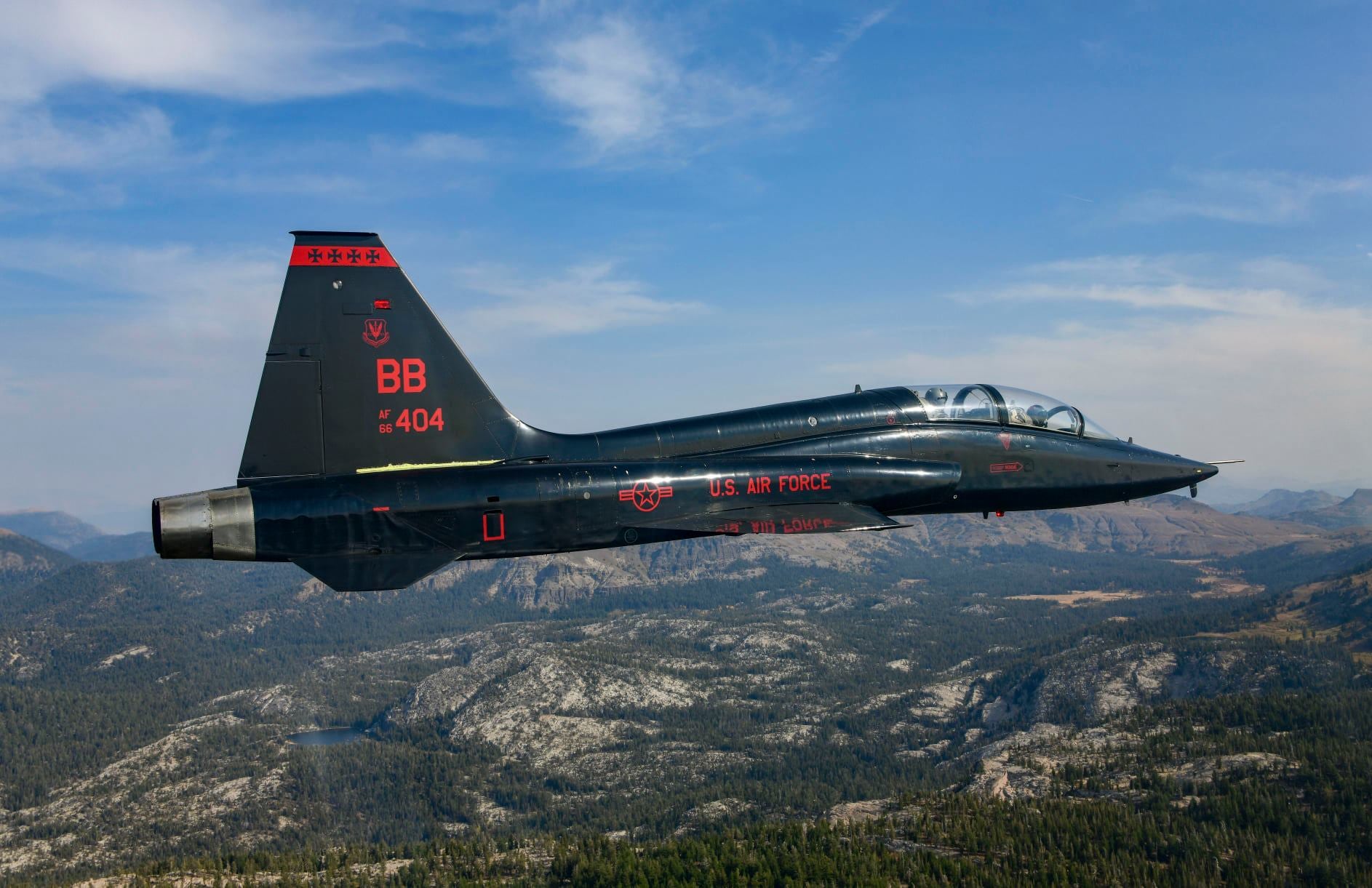
The B-1 bombers, which were grounded for about two weeks last spring as the Air Force investigated fuel system issues, wrestled with foreign object debris as well. Half of the recorded mishaps involved FOD damage to engines, including one in March 2021, when three of a Lancer’s engines sucked in debris as it prepared for flight. Another bomber was impounded when its afterburner spit out multiple engine blades after it was refueled with the engine still running.
In November 2020, maintainers found “significant internal damage” to one of eight engines on a nuclear-capable B-52H Stratofortress bomber. More than 100 titanium blades were damaged, requiring the engine to be removed, the Air Force said.
The mishap list revealed a previously undisclosed F-16C Fighting Falcon scare, too. The jet ran into an unnamed structure while on the ground, destroying its wing, after a flight in October 2020. The 149th Fighter Wing, an Air National Guard Unit at Joint Base San Antonio-Lackland in Texas, did not respond to a query for further details.
Safety data also highlighted an undisclosed F-35A Lightning II struck by its namesake last August, despite a ban on flying within 25 miles of a thunderstorm. The jet was hit by lightning in midair, breaking the canopy and other parts. No one was injured and the fighter safely returned to Nellis Air Force Base, Nevada.
Some reports specified the repair bill: an FOD issue with an F-22 at Hill Air Force Base, Utah, that led to $756,000 in property damage; blade damage on a CV-22B Osprey at RAF Mildenhall in England that cost $840,000; and an F-16C with a malfunctioning oil system that required a complete engine overhaul and $869,000 in repairs.
RELATED
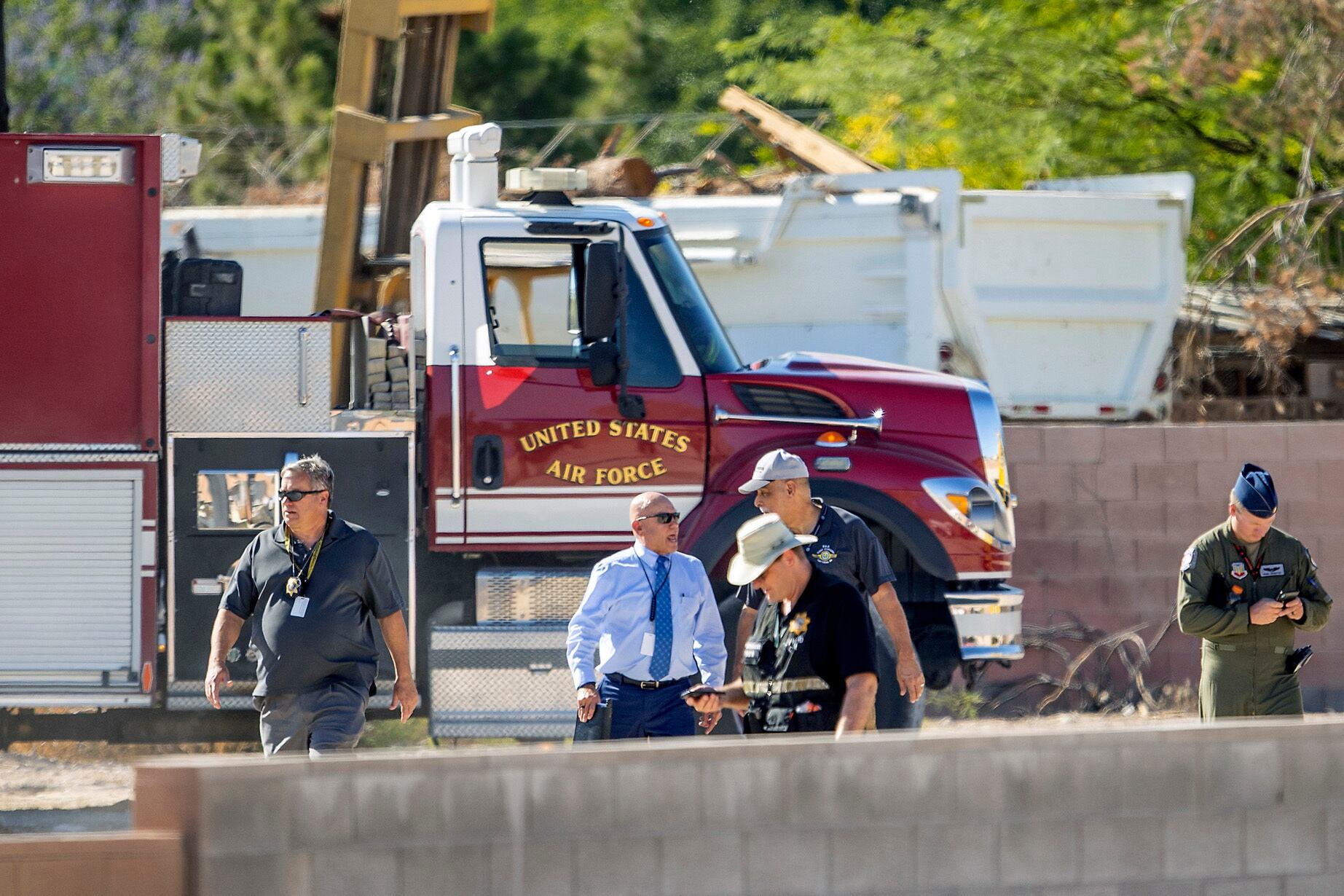
A few events affected tiny fleets as well. One of only four training versions of the U-2 Dragon Lady spy plane, known for its near-astronautic flight paths and its role in the Cold War, suffered damage in multiple places on its left side while practicing repetitive takeoffs and landings known as “touch-and-goes.” No one was hurt in the “abrupt maneuver” in April 2021, the Air Force said.
In a more unusual accident, an A-10C Thunderbolt II on a strafing run at Eielson Air Force Base, Alaska, mistakenly shot and destroyed a bridge on the training range last June.
And on three occasions, birds were unpleasantly surprised when they collided with F-15C Eagle and F-15E Strike Eagle fighter jets as well as a KC-135R. Each incurred engine damage but landed safely, the Air Force said.
Federal accident investigators have yet to release more details on multiple high-profile mishaps, including the May 24, 2021, crash that killed Draken US pilot Nicholas Hamilton, 43, in Las Vegas, Nevada; a June 20, 2021, ground impact that destroyed an MQ-9 in an undisclosed location; and a Sept. 14, 2021, mishap where a B-2 Spirit bomber rolled off the runway at Whiteman Air Force Base, Missouri.
The National Transportation Safety Board will likely release its final report on Hamilton’s fatal F1 flight by May 2023.
Rachel Cohen is the editor of Air Force Times. She joined the publication as its senior reporter in March 2021. Her work has appeared in the Washington Post, the Frederick News-Post (Md.), Air and Space Forces Magazine, Inside Defense, Inside Health Policy and elsewhere.
